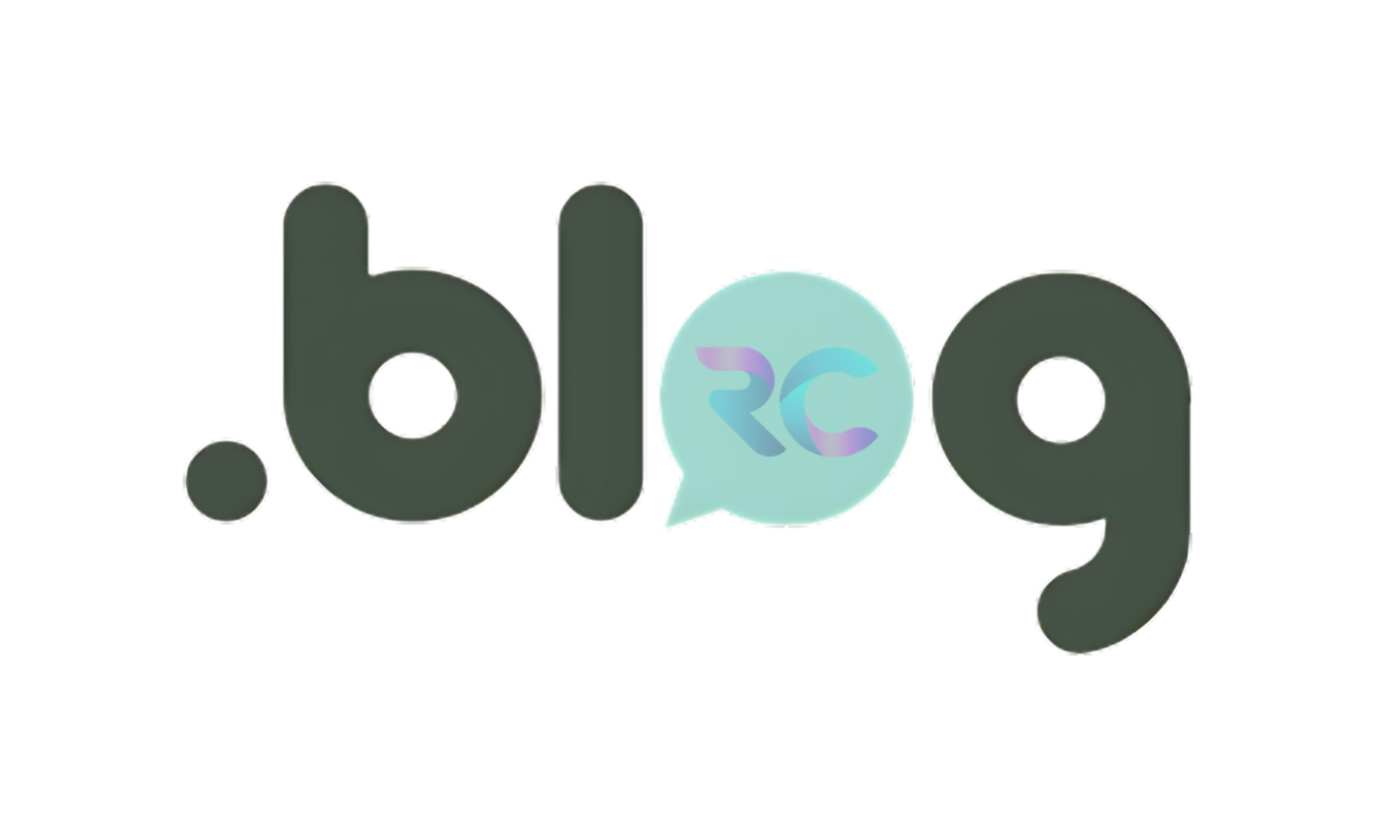
The Power of Typography and Branding in Web Design: Crafting Compelling Online Identities
Introduction:
In the ever-evolving landscape of web design, where attention spans are fleeting and first impressions are everything, the importance of typography cannot be overstated. Typography serves as the voice of a website, conveying not only information but also emotion, personality, and brand identity. In this comprehensive exploration, we delve into the symbiotic relationship between typography and branding in web design, uncovering the strategies and principles that underpin effective online communication.
Understanding Typography:
Typography, the art and technique of arranging type, encompasses a myriad of elements, each playing a crucial role in shaping the user experience. From font choice to line spacing, every decision influences how content is perceived and consumed. In the realm of web design, where readability and legibility are paramount, typography serves as the cornerstone of effective communication.
- Font Choice:
- Serif vs. Sans-serif: The perennial debate between serif and sans-serif fonts rages on, with each offering distinct advantages. Serif fonts exude tradition, elegance, and authority, making them well-suited for brands seeking to convey a sense of heritage or sophistication. On the other hand, sans-serif fonts evoke modernity, simplicity, and clarity, making them a popular choice for brands aiming for a clean and contemporary aesthetic.
- Display Fonts: While body text requires clarity and readability, display fonts offer an opportunity for brands to inject personality and flair into their designs. Whether it’s a bespoke script font or a bold geometric typeface, display fonts can elevate brand identity and leave a lasting impression on visitors.
- Brand Consistency: Regardless of the font chosen, consistency is key. Establishing a cohesive typographic system ensures that brand messaging remains clear and coherent across all touchpoints, reinforcing brand recognition and fostering trust with users.
- Typography Hierarchy:
- Headings and Subheadings: Effective typography hierarchy guides users through content, signaling the importance of each element. Headings and subheadings provide structure and organization, allowing users to quickly scan and digest information. By varying font size, weight, and style, designers can create visual contrast and emphasis, highlighting key messages and call-to-actions.
- Body Text: While headings command attention, body text carries the bulk of the message. Legible and well-spaced typography enhances readability, ensuring that users can engage with content comfortably. Attention to detail, such as line length and spacing, contributes to a seamless reading experience, keeping users immersed in the narrative.
- Branding Through Typography:
- Brand Personality: Just as individuals express themselves through speech, brands communicate through typography. Each font carries its own connotations and associations, shaping how a brand is perceived by its audience. Whether it’s the timeless elegance of a serif font or the bold confidence of a sans-serif font, typography serves as a visual representation of brand personality, evoking emotions and resonating with users on a subconscious level.
- Color and Typography: In addition to font choice, color plays a pivotal role in brand identity. By aligning typography with brand colors, designers can create a cohesive visual language that reinforces brand recognition. Whether it’s a subtle accent or a bold statement, color enhances the impact of typography, drawing attention to key elements and creating memorable experiences.
- Accessibility Considerations: While aesthetics are important, accessibility should never be compromised. Typography that is inaccessible to certain users detracts from the inclusivity and usability of a website. Designers must ensure sufficient color contrast, adequate font sizes, and clear typographic hierarchy to accommodate users with visual impairments and cognitive disabilities.
Conclusion:
Typography is more than just words on a screen; it’s a powerful tool for shaping perceptions, eliciting emotions, and building connections. In the realm of web design, where brands compete for attention in a crowded digital landscape, effective typography can mean the difference between engagement and indifference. By understanding the intricate interplay between typography and branding, designers can craft compelling online identities that resonate with users, reinforce brand values, and leave a lasting impression in the minds of visitors.





